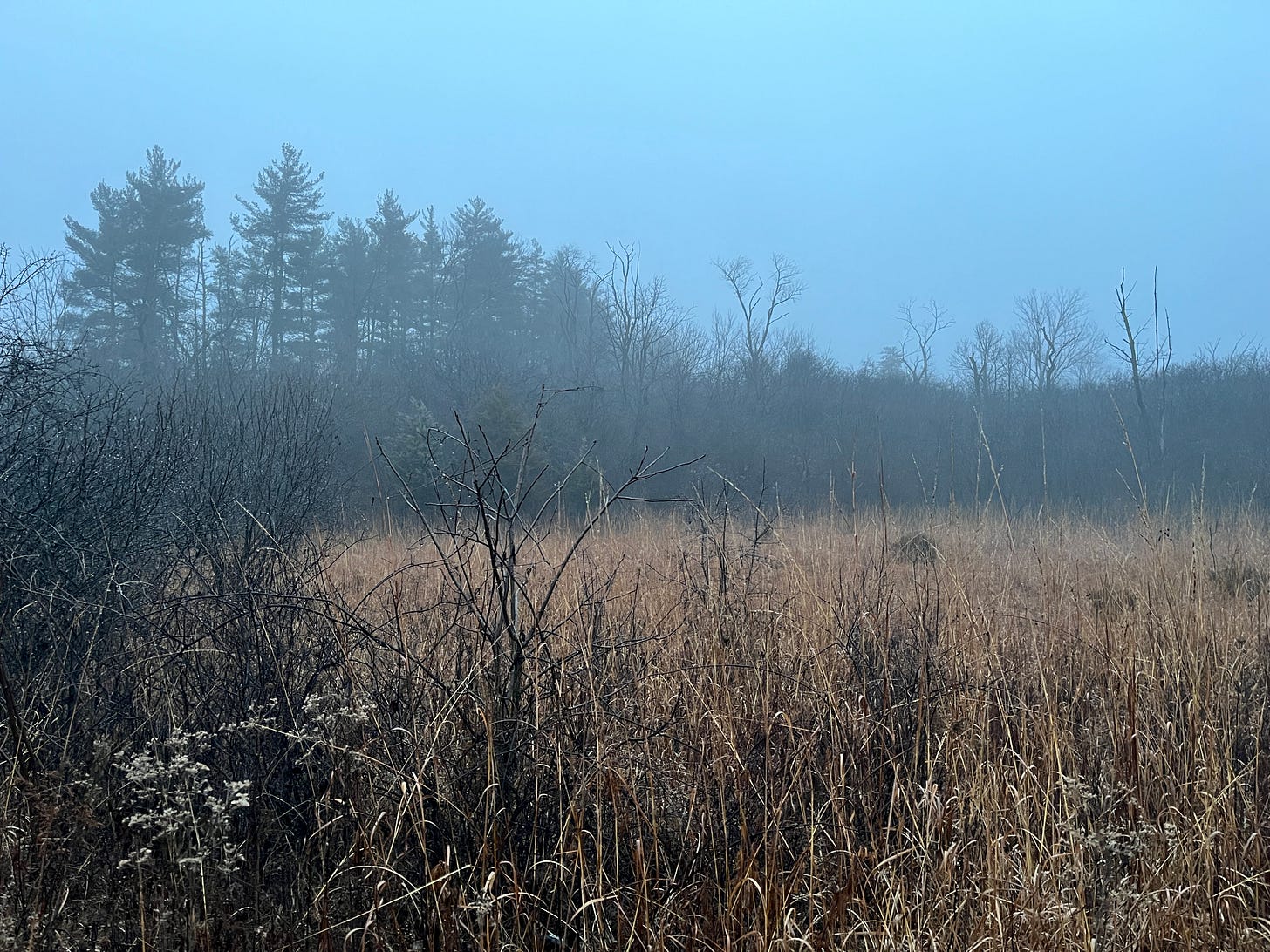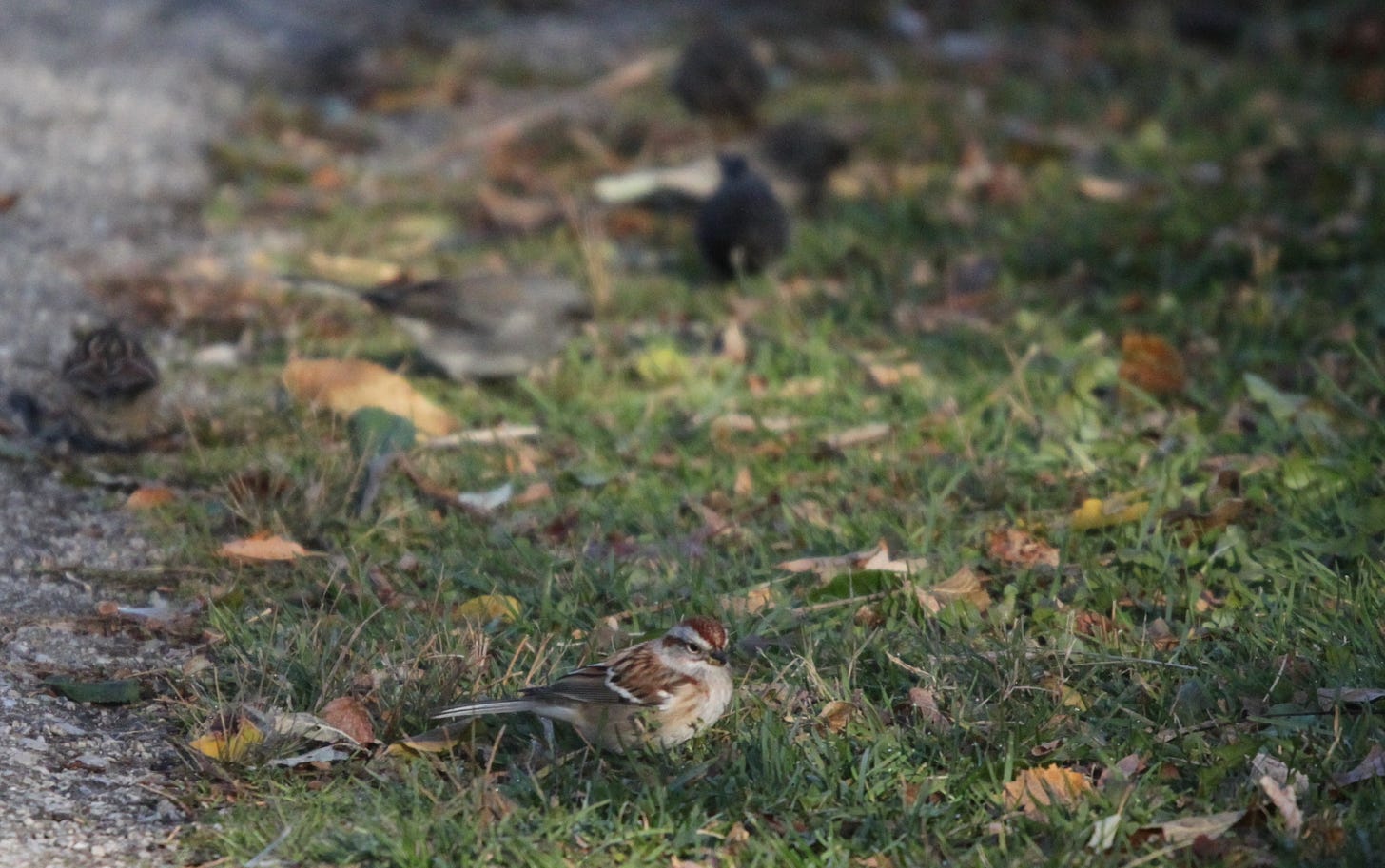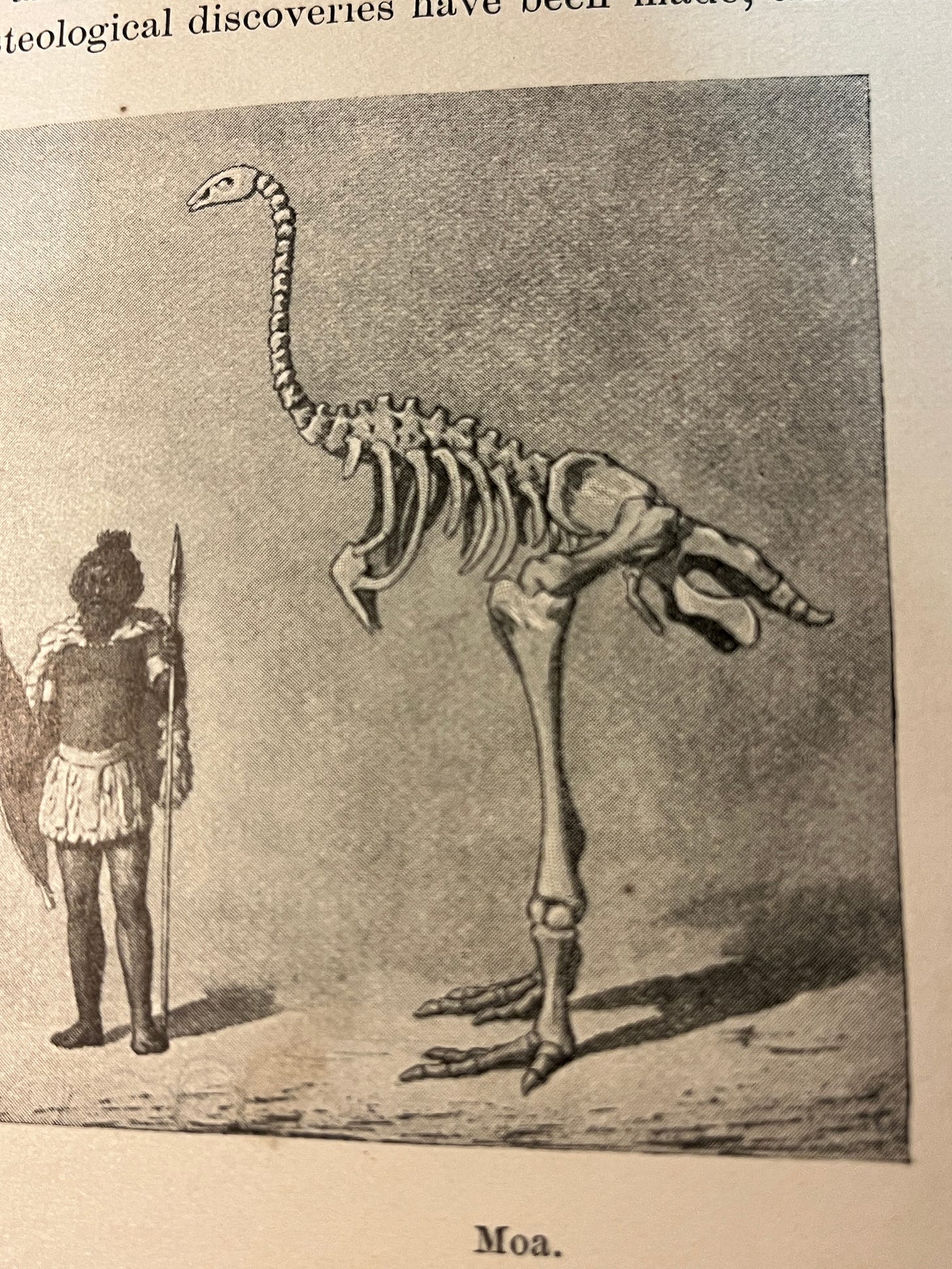Tree sparrows' rebound is early Christmas present
It was something of a banner year for “my” portion of the annual Lisle-Arboretum Christmas Bird Count. In a good count year, we get a little more than 40 species. This year we had 50.
It was a bit of a surprise as the foggy weather meant that we wouldn’t be able to see birds at a distance. Forget observing any of the Bald Eagles patrolling the Des Plaines River Valley. It just wasn’t going to be possible to see that far.

TWiB has been tracking the American Tree Sparrow population every Christmas for the past few years. There’s mostly been a decline since 2013, which has been cause for some concern. Back then, we’d get 800 tree sparrows across the count. Some years lately it dipped below 200. As I wrote last year:
These are northern breeders, from around the Arctic Ocean and Hudson Bay, that travel south to our area each year. There’d been chatter that the decline was due to a couple reasons: perhaps the winters weren’t cold enough any more to send the little birds farther south. Or perhaps we’d done such a good job clearing brush from forest preserves that the sparrows no longer had their preferred habitat.

I thought it might be a fairly decent year for the songsters (I’d been seeing them consistently all fall), and that turned out to be the case. Unofficially, tree sparrow numbers were back above average. My own little sliver of the count had 95 individuals.
Then there was the eternal question about open water. Would the quarry ponds be frozen or not? Because of an earlier cold snap, they were indeed frozen, with a slick of water on top due to temperatures around 40. We got decent numbers of Mallards and one small flock of Gadwall, though.
The highlight for the day (for me) took place just about an hour after dawn. One of our party espied a bird perched about a quarter-mile away in a poplar. We quickly waved it off as a Blue Jay and kept walking. A few minutes later, we took another look. “Wait a minute, is that a…shrike?” someone said. And yes indeed it was, the first I recall encountering on this parcel.
This reminds of the truism that it’s always good to study the common birds. You never know what you’re going to get.

Appreciating the Moa
Last week I was leafing through The Birds of Eastern North America Known to Occur East of the Nineteenth Meridian, something of an early field guide with simple black-and-white portraits and species accounts. There’s a set of introductory pages providing general background on birds and ornithology. On one page, there are multiple species standing beside a human, I imagine to give some sense of scale.
I had to do a double-take, though, when I saw the skeleton of the now-extinct Moa, a bird that inhabited New Zealand until about 600 years ago. I know birds descend from dinosaurs, but this one really looks like a dinosaur. Something like the brontosaurus.1
About the only thing I know about the Moa is that it was flightless. Then I read the little blurb with the image, and it wasn’t just flightless, it was wingless. If you look at the image, you can see there’s no sign of appendages.

Merry Christmas!
If you liked this post, you might like this previous post:
Standing in the cold woods at 4 a.m., aka why I love the Christmas Bird Count
On Sunday, I’ll be up at 3 a.m. to make the drive out to my assigned area as part of Chicago Ornithological Society’s Lisle-Arboretum Christmas Bird Count (CBC). Then I’ll walk around a locked gate to get into my corner of “Area 4,” at a gem of a spot in the Southwest Suburbs. I may or may not be allowed in the preserve at that hour, but I will take my …
I don’t know much about dinosaurs these days. Is there still a “brontosaurus” or is it called something else?




Many thanks for sharing, it’s very interesting to read about extinct birds and mammals - a lost world.
Similarly, we begin whale watch here, humpbacks. Pretty exciting and awesome to participate with community.